Shaped by close collaborations with Glass, Monk and others, Fain’s new album Unraveling traces a path through instability and renewal

Read more Featured Stories like this in The Strad Playing Hub
Violinist and composer Tim Fain has never fitted neatly into one musical category. A player drawn as much to new media as to traditional repertoire, he has worked closely with figures such as Philip Glass and Meredith Monk, contributed to major film soundtracks, and developed a compositional voice that often blurs acoustic performance with digital layering and experimental technology.
His new Delos release, Unraveling, marks his debut on the label and is perhaps his most personal project to date. Conceived during a period shaped by the pandemic, political upheaval and a rising sense of social and environmental fragility, the album follows a trajectory Fain frames as one of disintegration leading toward renewal. At its centre is his own title work, a densely layered piece for solo violin and 17 pre-recorded parts, written in response to the isolation and uncertainty of 2020.
Around his own Unraveling, Fain assembles a group of composers who have shaped his artistic life: Glass, Monk, John Corigliano, Esa-Pekka Salonen, Missy Mazzoli and Bryce Dessner. Their pieces, ranging from the jagged deconstruction of Corigliano’s STOMP to the stark quietude of Glass’s Evening Song No. 3, form a wider narrative about resilience and the search for meaning in turbulent times. He performs on a Francesco Gobetti violin from Venice (the ’Moller’, 1717), on extended loan from Clement and Karen Arrison through the generous efforts of the Stradivari Society of Chicago.
Fain spoke with US correspondent Thomas May about the stories, collaborations and personal reflections behind the album.
Unraveling emerged from a period of profound uncertainty. How does the journey from ‘disintegration to renewal’ play out through your selection of works on the album?
Tim Fain: In various ways, each of these works touches on feelings of instability and groundlessness. There’s a disintegration of American fiddle technique in John’s piece, both in the way that he uses an unfamiliar alternate tuning for the open strings, and in the freedom he imbues to the flow of the piece while drawing on traditional folk bowing patterns.
Missy Mazzoli, who was inspired by J.S. Bach’s Chaconne from his Partita No. 2, called her work a “failed” chaconne; after quoting Bach’s opening chord, the music spirals out, leaving aside a more stable mood in favour of off-kilter and jittery phrases.
In one of the darker moments on the disc, Esa-Pekka’s scintillating and biting work is a musical exploration of a world without laughter.
In my own work Unraveling, rhythmic motifs and lyrical phrases are pulled apart, only to find a reluctant synthesis and tranquil resolution by the final notes.
Philip Glass’s Evening Song No. 3 is a strikingly intimate ode to silence and isolation, a more explicit nod to the early 2020s.
Your title track, Unraveling, is both deeply personal and technically ambitious, with its use of layered, pre-recorded sound. How did you approach writing, performing, and recording it – and what were the biggest challenges for you as both composer and violinist?
Tim Fain: I almost always start out writing with pencil and paper at my upright piano. I wanted to express at the time my feeling of isolation and longing for community, with one voice becoming many intermingling voices, together but always alone.
The piece seemed an ideal Covid project – richly scored for 17 layered and looped violins. I could potentially create the work from start to finish, composing, performing, and recording it by myself in my own studio. Once I had the full score mapped, I started recording it layer by layer.
The work is based around a five-chord melodic fragment, with fast repeated-note ‘triggers’ that introduce each new change. Since the timing is fairly flexible, I wasn’t restricted by a consistent tempo, which was refreshing in a situation like this but also challenging, particularly in lining up some of the extremely intricate figuration in the faster passages.
Interestingly, the greatest challenge that emerged was in mixing. There are times when the textures are incredibly frenetic and I wanted to achieve an almost overwhelming, hectic sense of motion, while still featuring the main material as the music moves toward the big chordal climactic moment.
I’m grateful to Oscar Zambrano, who assisted me in the mix, for his brilliance and patience as we chipped away.

You’ve collaborated closely with some of today’s most influential composers. How did your early discovery of Philip Glass inspire you to take up the violin?
Tim Fain: I became mesmerised by Philip Glass’s music as a child, never imagining that I’d have the privilege of working with him one day as a duo recital partner.
I remember sneaking into the den after bedtime one night with my parents, who were watching The Making of Einstein on the Beach on PBS. I had already been playing the violin for a couple of years at that point – a sense of newness on discovering Philip’s sound world in that work has stayed with me and no doubt helped shape my interest in new music later on.
What’s the story behind Evening Song No. 3 and its personal significance for you?
Tim Fain: Especially because Philip and I have not only been collaborators, in many different ways, but he has become a treasured friend, this has special resonance for me.
Our work over the past two decades, both as duo collaborators and commissioning new work, has just made me want more, and another piece for this album seemed like the perfect opportunity – so his Evening Song No. 3 came into being.
It’s inwardly lyrical and profoundly affecting – a deeply personal expression for the composer and performer. Evening Song No. 3 resonates with some of the elements from an earlier solo violin piece, Sarabande in Common Time, almost as if they were two movements in a set, and it seemed fitting to include both works side by side on this album.
What was it like working directly with Meredith Monk on Return to Earth and translating her distinctive artistic language into the language of strings?
Tim Fain: As in any collaboration, whether with a film director, dancer, artist, or even a fellow instrumentalist, Meredith and I had to develop our own form of artistic communication, a common language.
For her, rhythms, phrases, gestures, and sounds all stem deeply from physical movement – the natural sway and swing of the human body.
We worked closely to find an answer for Return to Earth in the world of strings – 25 layered violins, that is – which honoured the lilt and motion of the original version for Meredith’s vocal ensemble, and it became a natural fit for strings.
The album features a wonderfully eclectic group of composers – Corigliano, Salonen, Mazzoli, Dessner, alongside Glass and Monk. What unites these works for you, and how do they reflect the themes of resilience and hope you wanted to explore?
Tim Fain: Firstly, they are all composers who I admire greatly.
Secondly, the connecting thread for all the works is that they test the limits both of technique on the instrument and also of form and emotion, while exploring themes of isolation, hope and resilience.
A larger arc emerges – my work Unraveling, which opens the album, takes listeners on a wild and sometimes unpredictable ride, and by the end of the disc, Meredith’s work is a welcome moment of acceptance, an invitation to just watch the present unfold, almost like spinning a prayer wheel.
Beyond Unraveling, what projects or directions are you most excited about at the moment – as a violinist, a composer, or a boundary-pushing collaborator?
Tim Fain: I’m particularly excited now about my work as a composer – I recently wrote a solo cello piece for Matt Haimowitz called Shortest Way Home, which he’ll be releasing this coming year, and am scoring a documentary about orphan children, executive produced by Téa Leoni.
My violin concerto from 2021, Edge of a Dream, which I’ve been lucky enough to perform quite a bit across the country, has inspired me to write both a larger work for violin and orchestra around extreme weather, as well as a chamber concerto for two violins and string orchestra.
I’m also writing a musical film about a young actress who reconnects with her dying father through music using a loophole in dream technology.
Pushing boundaries has always been important to who I am as an artist and an integral part of my craft. The compositional work seemed like a natural extension of my career as a violinist, and taking on the challenge of composing as well is an exciting chapter in my journey.

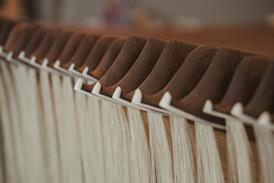
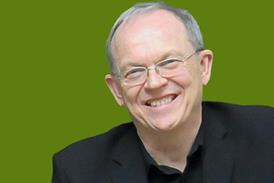
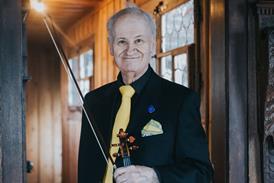
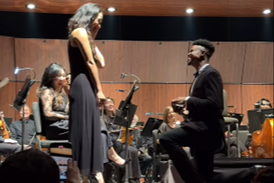
![[1st prize] Poiesis Quartet in round 3 (2)](https://dnan0fzjxntrj.cloudfront.net/Pictures/274x183/1/9/5/41195_1stprizepoiesisquartetinround32_547631.jpg)

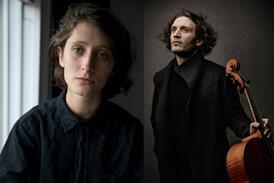


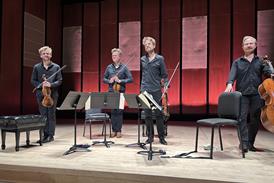

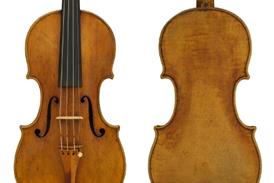

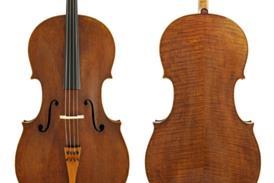
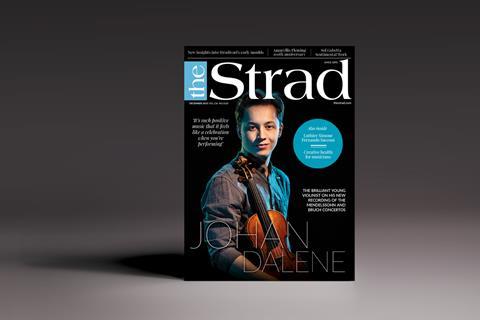
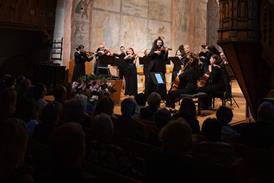


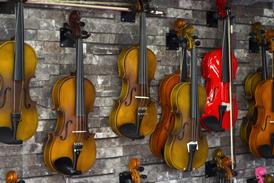

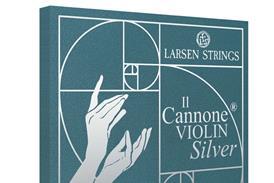

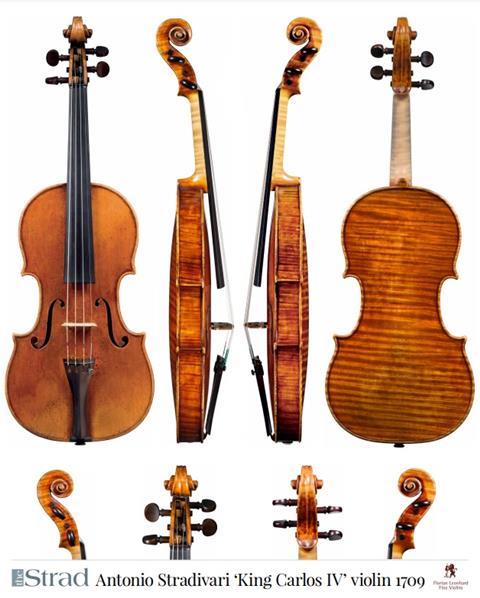
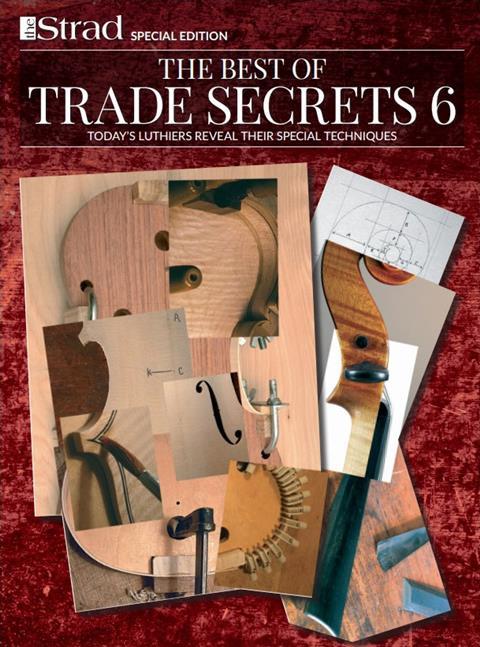

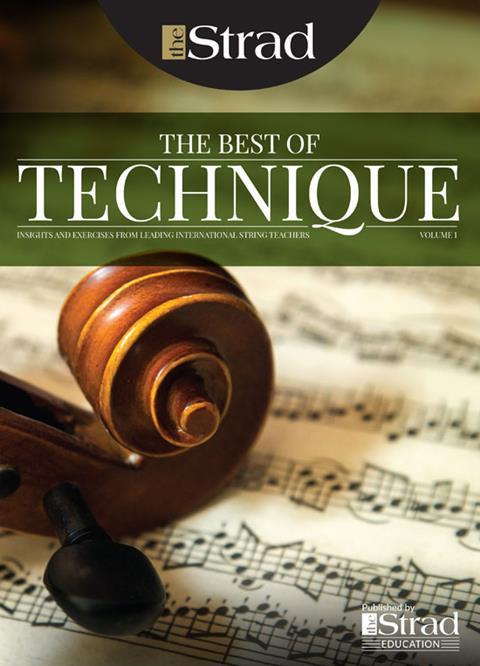
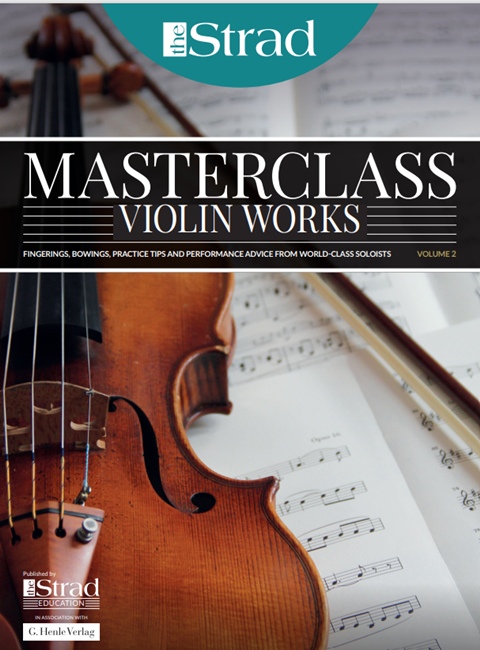
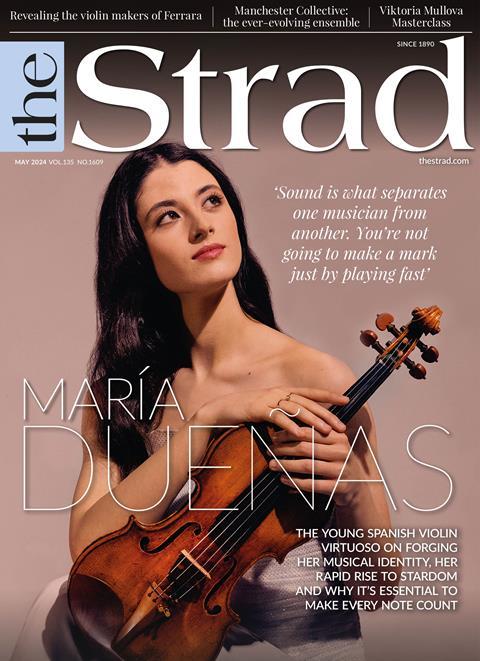













No comments yet